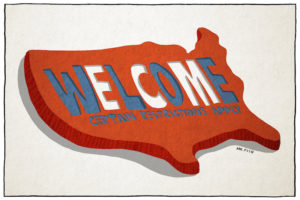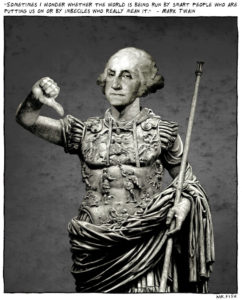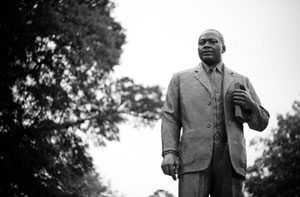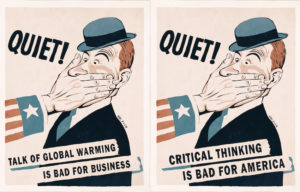How Much Money to End Poverty in America?
Just 1 percent of GDP -- or a fourth of what we spend on defense every year -- would lift every American below the poverty line up above it.
The Census Bureau’s annual income and poverty figures for 2012 show the percentage of Americans living in poverty is essentially unchanged from the year before, at 15 percent. That’s 46.5 million Americans, more than one in five kids below age 18 and one in four under age 6.
Matt Bruenig at The American Prospect did the calculations and determined it would take $173.5 billion to bring those Americans just above the official poverty line. For a family of four, that’s $23,555. That’s not a lot to live on, making the target less than ambitious. So what would it take to vault 46.5 million people to twice the poverty level? Double the cost — $347 billion?
That’s far less than Americans would have if workers were permitted to share in the wealth that was created since the 1970s, however. As Mother Jones magazine reported in 2011: “If the median household income had kept pace with the economy since 1970, it would now be nearly $92,000, not $50,000.” Because it would be rapidly spent, that kind of money in workers’ pockets would end the demand crisis that’s keeping the economy stalled for the majority of Americans.
In 2012, the amount Bruenig calculated would be required to lift low- to no-income Americans out of poverty was 1.08 percent of the nation’s GDP, the overall size of the economy. He puts the numbers in further perspective below.
— Posted by Alexander Reed Kelly.
Your support is crucial...The American Prospect:
It might be helpful to put the $175.3 billion magic number in perspective. In 2012, this number was just one-fourth of the $700 billion the federal government spent on the military. When you start hunting through the submerged spending we do through the tax code, it takes you no time to find enough tax expenditures geared toward the affluent to get to that number as well. The utterly ridiculous tax expenditures directed toward the disproportionately affluent class of people called homeowners—mortgage interest deduction, property tax deduction, exclusion of capital gains on residences—by themselves sum to $115.3 billion in 2012. Throw in the $117.3 billion in tax expenditures used to subsidize employer-based health care (also a disproportionate sop to the rich), and you’ve already eclipsed the magic number.
Eradicating or dramatically cutting poverty is not the deeply complicated intractable problem people make it out to be. The dollars we are talking about are minuscule up against the size of our economy. We have poverty because we choose to have it. We choose to design our distributive institutions in ways that generate poverty when we could design them in ways that don’t. Its continued existence is totally indefensible and our nation’s biggest shame.
As we navigate an uncertain 2025, with a new administration questioning press freedoms, the risks are clear: our ability to report freely is under threat.
Your tax-deductible donation enables us to dig deeper, delivering fearless investigative reporting and analysis that exposes the reality beneath the headlines — without compromise.
Now is the time to take action. Stand with our courageous journalists. Donate today to protect a free press, uphold democracy and uncover the stories that need to be told.





You need to be a supporter to comment.
There are currently no responses to this article.
Be the first to respond.